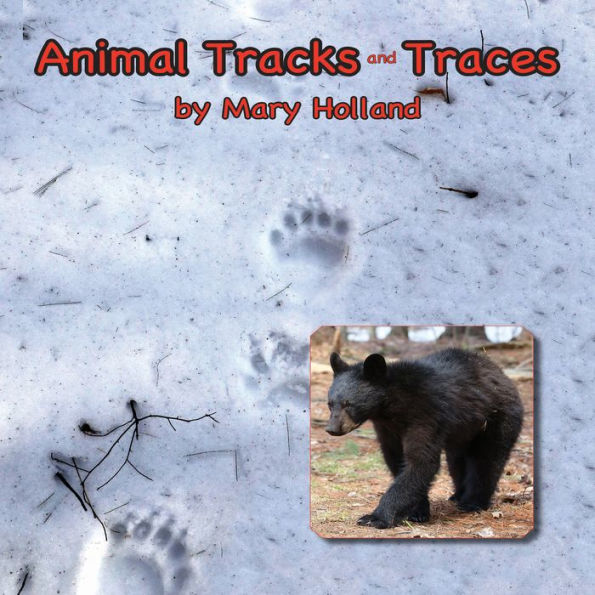School Library Journal
02/01/2020
Gr 1–4—This introduction to animal signs features varied examples of tracks, traces, and the creatures that leave them. Two-page spreads include one large photo with an inset image that connects the animal to its sign. A view of a black bear rubbing a tree, for example, is paired with a close-up of the claw tracks it may have left. In some cases, it's the animal figure in the inset, with evidence of its presence, such as deer scat, as the large scale photograph. Photos are not captioned, though most, but not all animals are identified within the text. Descriptions provide basic background about animal features and behaviors as they relate to tracks. In some cases, the reader is challenged to identify what the signs reveal. Language is direct and accessible, though the sentences don't always flow smoothly. Four useful pages of back matter offer visual matching challenges and add further examples of tracks and signs. While Jim Arnosky's Wild Tracks! is more visually engaging and Andy Seed's The Clue Is in the Poop features more activities for readers, this title works as an engaging introduction to identifying animal traces. VERDICT Solid topic choice with visual appeal.—Steven Engelfried, Wilsonville Public Library, OR
Kirkus Reviews
2019-11-24
Holland continues her series on animal anatomy and adaptations with this look at the evidence animals leave behind.
The opening spread may mislead readers into thinking this is a book only about nocturnal animals, but many of the animals, not just their tracks and scat, can be spied during the day. Holland focuses on helping children both notice evidence of animals' activities and learn a bit about the animal based on that evidence. Spot a track in mud or snow? Count the number of toes to get a clue as to who made it, and the toes will point in the direction of travel. Vertical grooves in the bark of a tree may indicate that moose have been feeding there. You can identify an animal by its "poop," or "scat," and many use "pee" to mark their territory. You may be able to spot animals' homes—beaver lodges and birds' nests. Holland's photos are, once again, a highlight, though a few are low-contrast and may be difficult to parse. Backmatter includes some matching activities and a few more signs of animals' activities, several of which are fascinating enough to have warranted pages of their own. Readers will need a guidebook in many instances to make a positive ID.
Readers will want to head directly out to search for clues. (Nonfiction. 3-9)



